The history of humans using natural dyes can be traced back to the Neolithic period. The techniques of dyeing with plants, minerals, and insects has long been perfected by our ancestors, who used to create fabulous colors with minimal impact on the natural environment. Today, our affection for natural dye is undergoing a resurgence, not only because of it’s eco-friendly properties, but also for the special tones and effects, as well as the craft-making heritage it carries along.
Comparing to chemical dyes, colors derived from natural materials turn out to be less intense and more muted. They also show unevenness resulted from the handmade process, which adds to the charm of the textiles. The most saturated - also the oldest and the most widely used - natural dye is indigo. From the Far East to South America, scraps of indigo-dyed fabrics have been discovered by archeologists and dated back to over 6,000 years ago.

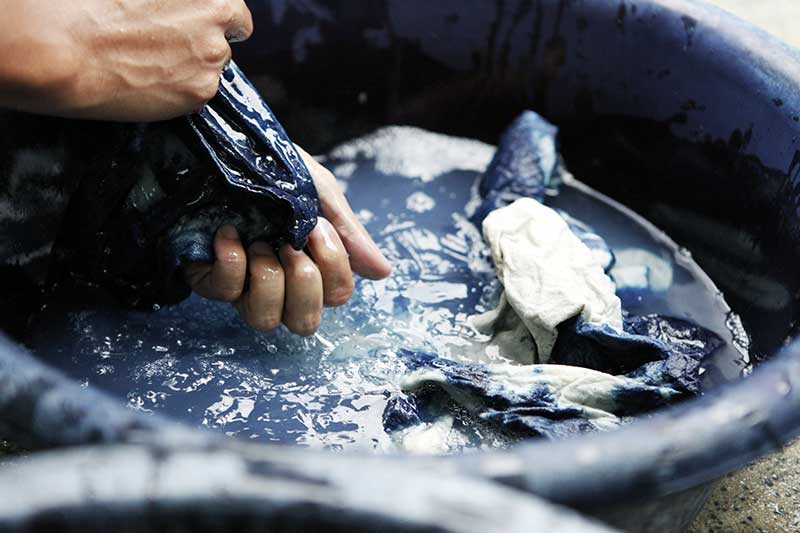

Our Hmong Hemp Pillows are crafted with vintage indigo batik textiles collected across the Northern Thailand. We love how time has added layers and depth to this long lasting color.

To achieve a bright golden yellow, many turn to turmeric, saffron or yellow onion skin. Our ancestors first discovered turmeric as a dye, later a medicine, then finally a spice. It colors well on natural fabrics such as silk, linen, and cotton. The golden hues on our raw silk pillows and table runners come from turmeric.
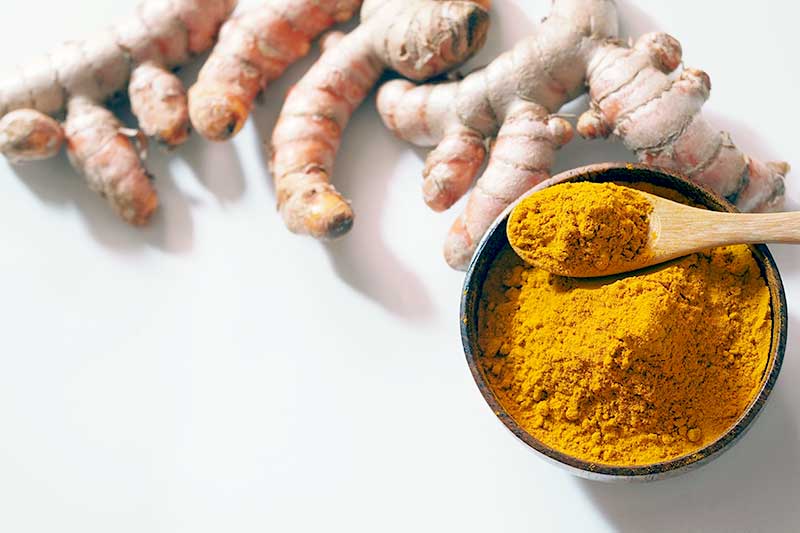

Another well-known natural dye is henna. Vastly applied as a hair color and body paint today, henna has also been used for centuries to color wool for rugs and other textiles. In the the Anti-Atlas region of Morocco, rural tribal women have mastered the art of dyeing with henna and weaving wool for generations. They obtain a variety of browns from henna leaves and seeds, with dried pomegranate skin sometimes added to the dye bath as a fixer.

Right: A vintage Berber women's veil, resist dyed with henna. Image by Andres Moraga Textile Art.
When Christian Dior presented their Cruise 2020 collection in Marrakech, Morocco, the opening look was an opera coat with fringe and geometric patterns painted in henna at the hem. More than 60 Berber artisans from the Anti-Atlas region also crafted hundreds of seat cushions and tableware to adorn the show.
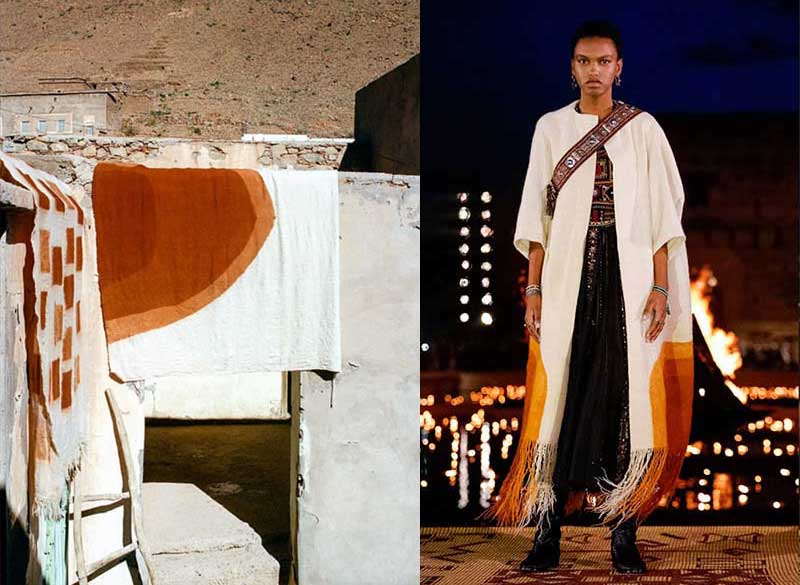
The browns on our Moroccan rugs come from henna.
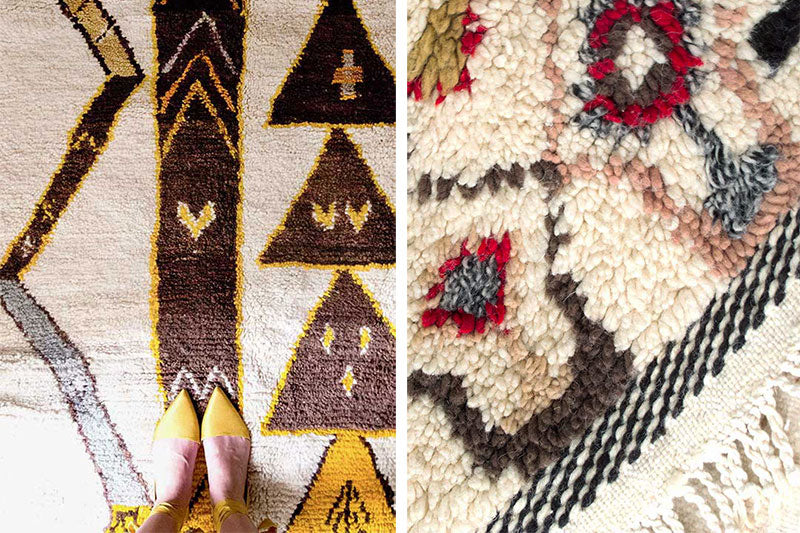
And the vibrant reds? They are colored with madder roots. Madder is praised as “the queen of natural dyes”. Depending on the age of the plant, the temperature, the mineral content of the water used in dyeing, and the type of fabric, madder roots produce an array of reds ranging from pastel pink to burgundy.

Fabrics dyed with madder from Cornel University’s Natural Dye Garden.
You may have noticed a lot of the aforementioned plants (or pigments) are available in the United States. In case you are interested in making your own natural dyes, we’d recommend the following articles loaded with information, instructions, and beautiful images to make your experiments as fun and fruitful as possible.
5 Natural Dyes You Can Create from the Contents of Your Kitchen
The Art of Natural Dyeing + 6 Colors to Start With
How To: Make Your Own Natural Dyes

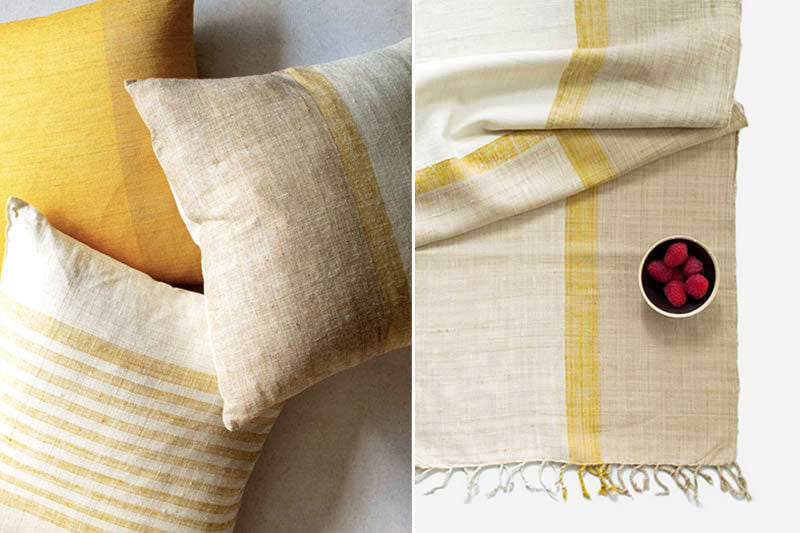

Comments
Raghav Purohit said:
Helpful information shared. Thanks!
April 27, 2020